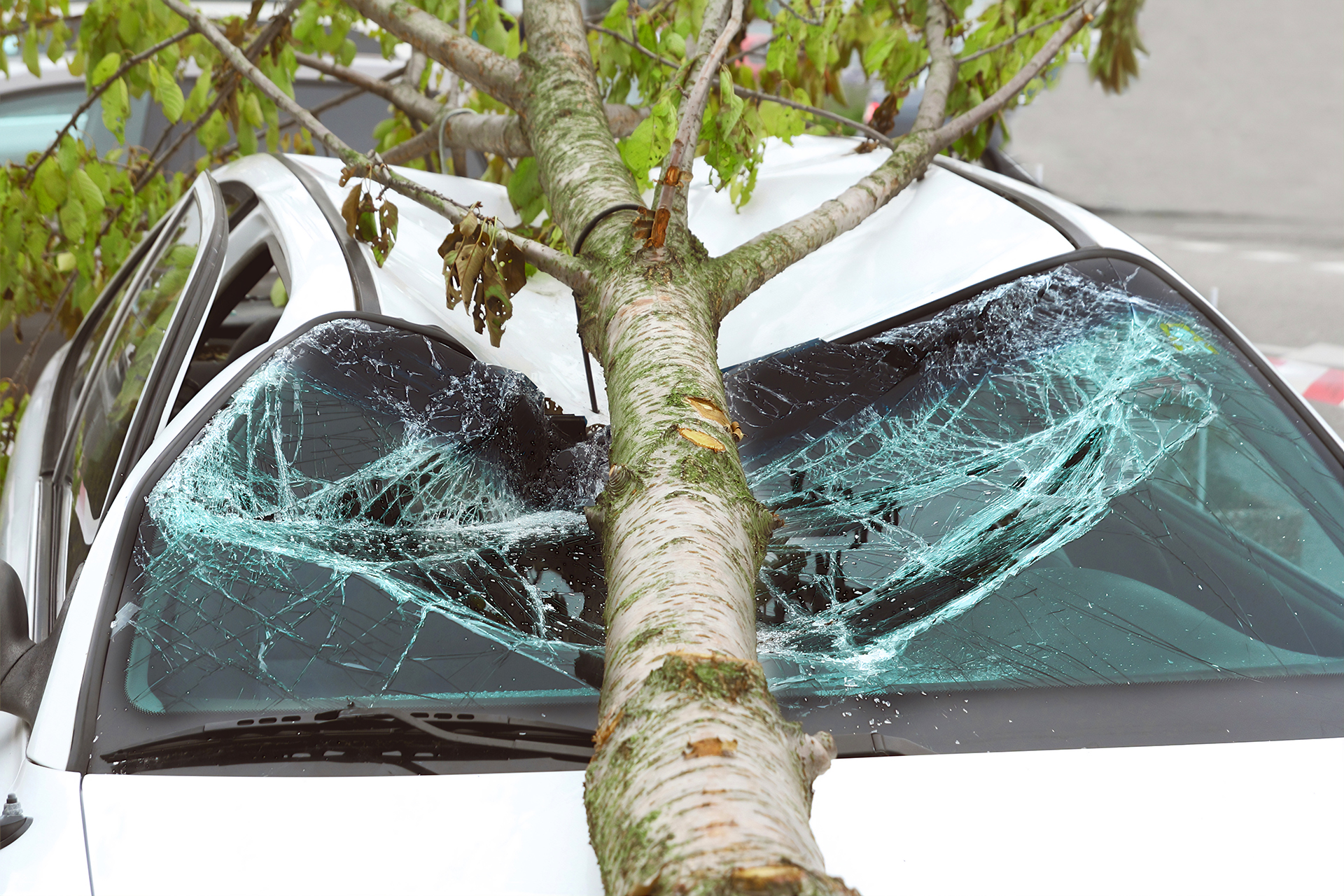Yes No Share to Facebook
Tree Liability Risk Involves a Duty of Care Owed to Those Who May Be Harmed By Trees
Summary: Tree owners have a legal responsibility to maintain their trees to prevent injury or damage; failure to do so may result in liability, making it essential to engage DK Legal Practice for guidance in navigating these complexities. NOTE: The above information is an A.I. (Artificial Intelligence) generated summary of this webpage's content.
If a Tree Falls and Causes Injury or Damage, Can the Owner of the Tree Be Found Liable?
If a Tree Is Unreasonably Maintained Falls and Causes Injury or Damage, Liability For the Injury or Damage May Be Assessed Against the Tree Owner.
Understanding the Duty of Care Owed to Persons Who May Be Harmed By Trees Including the Potential Liability Risks
 The value and benefits of trees are often overlooked and the potential liability risks associated with trees are often underestimated or misunderstood. It is important for owners, contractors, and other individuals to take due care of trees so to minimize the potential for trees to cause injury or damage and thus to minimize the potential liability risks.
The value and benefits of trees are often overlooked and the potential liability risks associated with trees are often underestimated or misunderstood. It is important for owners, contractors, and other individuals to take due care of trees so to minimize the potential for trees to cause injury or damage and thus to minimize the potential liability risks.
The Law
Duty of Care
Property owners have a duty to ensure that other people and the property property of other people are reasonably safe from harm arising from the negligence of a property owner. Such a duty in law was established within the general principles case of, among others, Donoghue v. Stevenson, which established the legal test for duty of care within the basic principles of negligence law. In Ontario, such a duty of care is also codified per the Occupier's Liability Act, R.S.O. 1990, c. O.2, wherein it is stated:
3 (1) An occupier of premises owes a duty to take such care as in all the circumstances of the case is reasonable to see that persons entering on the premises, and the property brought on the premises by those persons are reasonably safe while on the premises.
Negligently Performed Maintenance
Owners of trees, or others responsible for trees (such as hired maintenance contractors), generally face liability only when it was known, or constructively known, that a tree failure risk was present and the owner (or others) failed to properly tend to the tree. In this way it can be thought that the injury or damage was a result of delay in caring for the tree rather than the result of risks inherent in a tree. Essentially, the negligent failure to maintain is a man-made risk rather than a natural tree risk. On the point of liability for failure to maintain trees, such was addressed within the case of Hallok v. Toronto Hydro Electric System Ltd., 2003 CanLII 8519, wherein it was said:
[14] It would appear to be common ground that a property owner, such as Park Lawn, cannot be held responsible for damage resulting from a limb on a tree falling simply on the basis that the limb or tree fell. If the evidence does not establish that there was knowledge on the part of the defendant, Park Lawn, of a dangerous condition of a tree or that there was a dangerous condition of which the defendant Park Lawn ought to have knowledge, a finding of negligence is unavailable as a matter of law. (See: Culley v. Maguire, [1957] O.J. No. 52 (C.A.) at p. 1; Quinlan v. Gates, [2000] O.J. No. 5292(S.C.J.) at p. 2; Buttoni et al. v. Henderson et al., 21 O.R. 309 (H.C.J.) at p. 371; Doucette v. Parent, [1996] O.J. No. 3493 (Gen. Div.) at p. 4; Gasho v. Clinton (Town), [2001] O.J. No. 4505 (S.C.J. (Small Claims) at p. 4).
Accordingly, it appears that some level of awareness by knowledge, or constructive knowledge, of a dangerous condition is required if liability is to arise for negligence in the ownership, care, or control, of a tree. It is notable that "constructive knowledge" means knowledge that the law imparts upon a person who ought to actually hold knowledge based upon reasonableness principles; and as such, if a reasonably acting person would know of about a dangerous condition such is "constructive knowledge" and proving actually held knowledge is unnecessary. In many circumstances, proving constructive knowledge is much easier than proving actually held knowledge. For example, following severe storms, property owners should reasonably be on alert for broken branches as well as other dangerous conditions. Additionally, it is important to recognize that intentionally avoiding investigation and thereby choosing to remain unaware of a dangerous condition may be deemed an act of willful blindness from which constructive knowledge may also be imposed.
Summary Comment
Tree owners, or other persons who are hired to provide the care and maintenance of trees on behalf of the owners, are prescribed by law with a duty of care to reasonably ensure that the trees are maintained in a safe condition. If a person becomes injured or if property becomes damaged by a unreasonably maintained tree, liability may arise.

